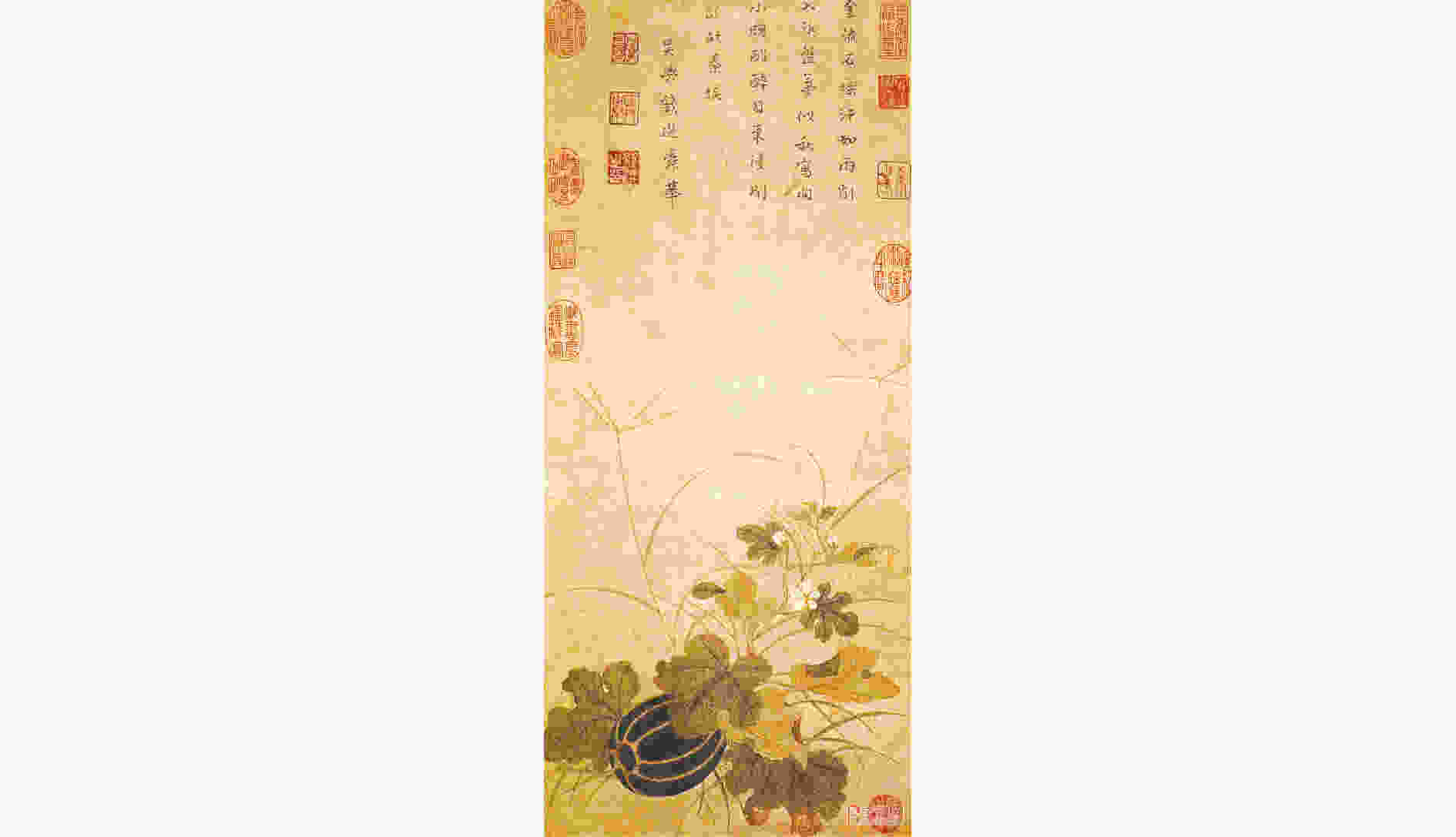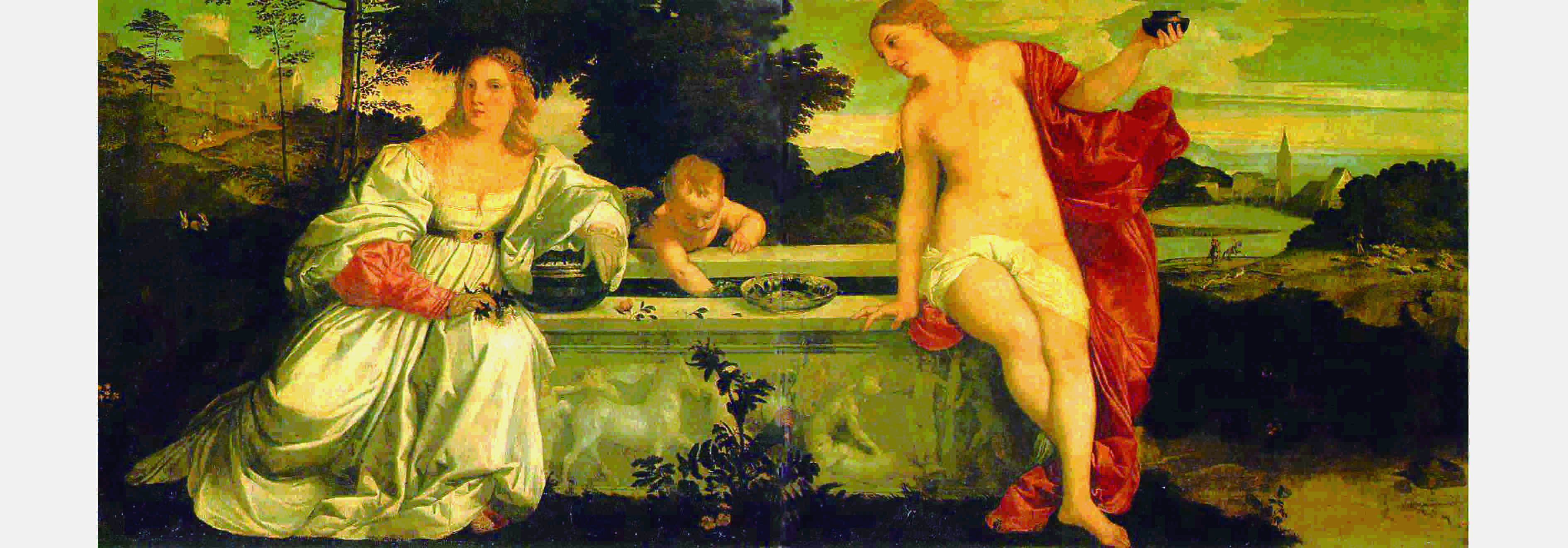论中国画跨代传播中的图像志传统
The Iconography Tradition in Intergeneational Communication of Chinese Paintings
-
摘要: “跨代传播”是中国古代绘画传承过程中的一种独特现象:后代鉴藏者通过题跋的方式,谈论、品评前代人的作品,回应之前观赏者的心得体会,古画由此成为不同时代的人之间延期对话的媒介。对画卷的诸多题跋加以考察会发现,古代观赏者往往热衷于图像志的阐释−建立图画与古典文献之间的关联,深挖作品背后的意涵。然而,不同时代、阶层的观赏者有时会对同一幅画的含义作出全然不同的解释。本文对中国绘画跨代传播中的图像志传统加以系统梳理,考察了观画者如何通过题跋构建特定的话语模式,并试图揭示在种种相异乃至对立的图像志阐释背后存在的深层权力关系争夺。Abstract: " Intergenerational communication” is a unique phenomenon in the process of inheriting ancient Chinese paintings: the collectors discuss and comment on the works of previous generations through inscriptions, and respond to the experience of previous viewers.Therefore, ancient paintings have become the medium of a delayed dialogue between people of different ages. A survey of many inscriptions shows that ancient viewers were often keen on the interpretation of the pictorial records−to establish the connection between the picture and the classical literature, and to dig into the meaning behind the work. However, viewers of different ages and social classes sometimes interpret the meaning of the same painting quite differently. This paper makes a systematic study of the iconography tradition in the intergenerational transmission of Chinese paintings, investigates how the viewers construct a specific discourse pattern through inscriptions, and tries to reveal the competition of deep power relations behind the different and even contradictory interpretation of the paintings.
-
Key words:
- Chinese paintings /
- intergenerational communication /
- iconography /
- inscriptions
-



 下载:
下载:













 沪公网安备 31010102003103号
沪公网安备 31010102003103号